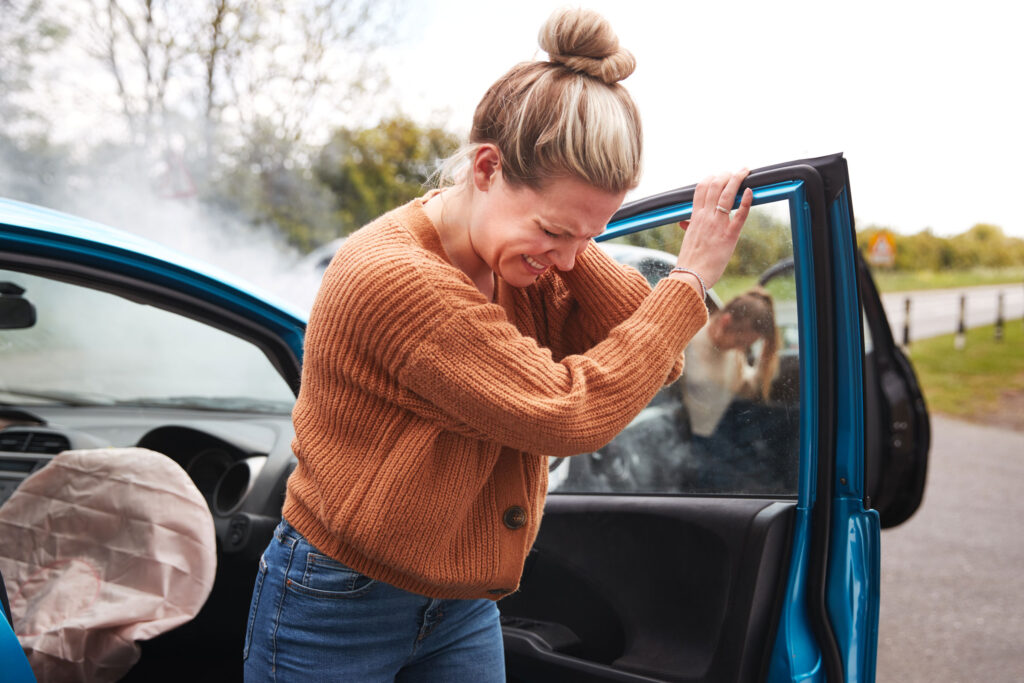How Is Fault Determined in a Multi-Vehicle Car Crash?
Multi-vehicle accidents have complexity when it comes to determining fault. The chain reaction began with one vehicle rear-ending another vehicle. The rear driver’s fault may solve itself rather easily. But what if the driver that the rear driver hits then collides with the next driver? Is not each driver responsible for failing to provide enough distance for stopping per the California Vehicle Code? That is a great question we will explore in this article.
Generally, the first driver whose actions served as the catalyst still bears responsibility. If the second driver positioned their car too close to the third driver, thereby enabling that collision, the second driver might also carry some responsibility for that segment of the multi-vehicle pile-up.
The more vehicles that enter into the chain-reaction accident, the more difficult it is to determine who was at fault—and to what extent. Typically, one must untangle this type of collision by pulling gently at various strings to find the collision of origin. Several sources can help with isolating each action, sequencing the order of the various crashes, and determining who was at fault.
Of course, individual accounts, as well as those of other passengers and motorists who witnessed the collision, factor into the task of determining who did what. Vehicle damage can offer an objective view of the events that transpired, as can skid marks, vehicle debris, and other evidence from the accident scene. Finally, the police report will contain limited information regarding traffic law violations and other insights from the investigating law enforcement.
What Happens if I am At Fault for a Car Accident?
If you cause a car accident, this may or may not impact your ability to collect compensation, depending on the state where you live. In so-called “fault” states, the individual who caused the accident assumes liability, which usually means their insurance company pays for damages. In “no-fault” states, the injured party seeks compensation from their own insurance provider via the policyholder’s personal injury protection (PIP) coverage, even if they caused the collision. PIP coverage will pay for your medical expenses and select economic losses.
California follows at-fault negligence laws, meaning injury victims (particularly in car accident cases) must prove the liability of another party in order to recover compensation. No-fault and at-fault states each have their own methods for determining negligence in car accident cases, and there are advantages and disadvantages to each type.
As the at-fault party in a car accident, the other parties involved in the collision might file a third-party claim against your insurance auto liability policy. Even in no-fault states, the other parties may demand that your insurer cover damages that exceed their own personal injury protection coverage.
Other states follow comparative negligence rules that can affect how much you are able to recover when you share some fault for a car accident. Under a “pure comparative negligence” doctrine, your compensation will be reduced by the percentage of your responsibility for the collision. In states that implement “modified comparative negligence” rules, you will receive any compensation if you are deemed to be 50 percent or more at fault for the crash.
Still, other states follow contributory negligence rules where you will be barred from any recoverable damages if the jury finds that your fault for the accident is one percent or higher.
If you’ve been involved in a rear-end collision, the legal team at Harsh Law is here to help. Contact Mark Harshbarger and the legal professionals at Harsh Law at +1 (909) 793-6261 for a no-obligation case evaluation today.


